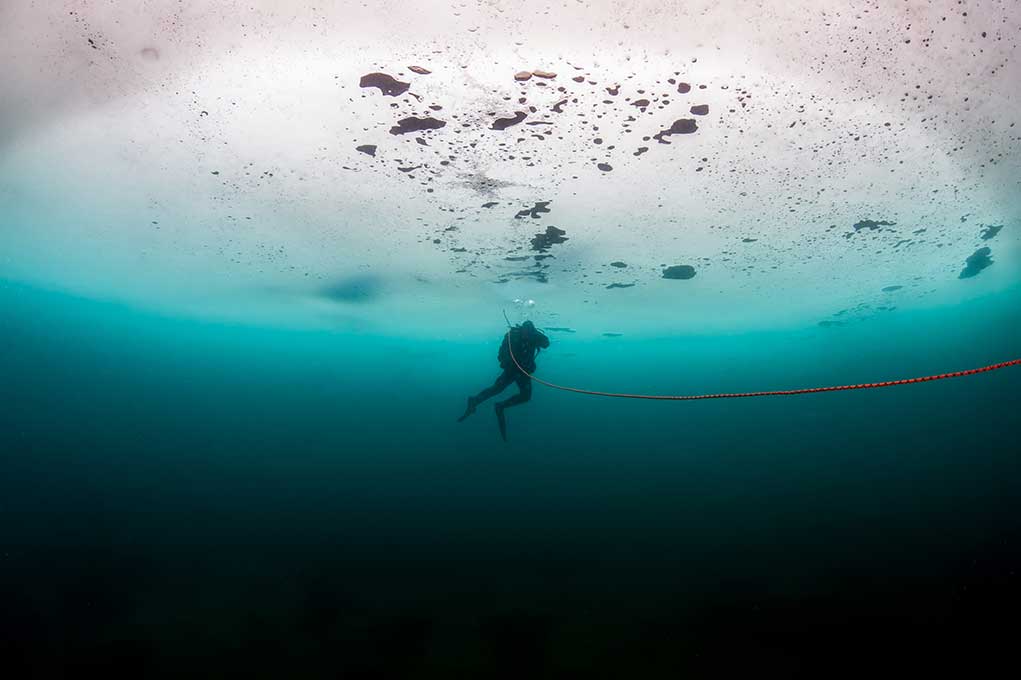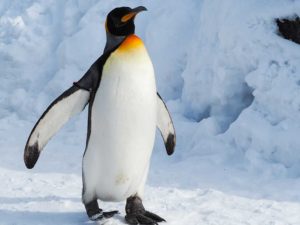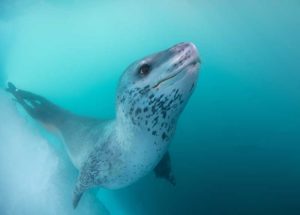Oceans, Rivers and Estuaries Anthology
Supporting our Watersheds
From whale slaughter to industrial fishing, coral bleaching to pollution, our oceans are in crisis. Throughout the seven seas, there are many industries committing crimes against nature, but no one is holding them accountable. It’s time to shine a spotlight on their dirty little
Antarctica and Southern Ocean Biodiversity
Greenpeace, August 26, 2003
The ocean surrounding Antarctica is one of the last true marine wildernesses on the planet. The ice coverage in Antarctica makes up 90 percent of the world’s ice, with an average thickness of about 2,300 meters. Approximately 95 percent of the landmass is covered by permanent ice or snow. The landmass and surrounding waters provide essential nutrients to the rest of the world’s oceans, supporting ecosystems thousands of kilometers away from the South Pole.
The Antarctic marine ecosystem is biologically rich and diverse. Microscopic plankton
Fish of the Southern Ocean
Of the 20,000 known species of fish in the world, only 120 live in the Southern Ocean. Throughout the past 40 million years they have adapted to the freezing conditions by developing a special ‘anti-freeze’ component in their body fluids. Antarctic fish are especially vulnerable to overfishing because most species take a long time to become sexually mature and are long-lived.
The Patagonian toothfish is found on seamounts and continental shelves around most sub-Antarctic islands, and it lives in waters from 300 to 3500 meters deep. Like many deep-sea species, little is known about the Patagonian toothfish. The toothfish can grow to more than two meters long and live for 50 years, and it does not breed until it is at least 10 years old.
Birds of Antarctica and the Southern Ocean
While the bird species from this region are highly adapted to a marine existence, they come ashore to breed and raise their young. During the breeding season, millions of

Longline fishing has driven the decline of the albatross. Because albatross are
Marine Mammals
The productive Antarctic marine environment also sustains a wide range of marine mammals – including seals and whales – at far greater levels than are found in the Arctic region. The population of the crabeater seals (Lobodon
The great whales, the monarchs of the southern oceans, are now  formally protected from commercial whaling, but their numbers remain considerably depressed compared to years past. Many of the largest species, including blue (Balaenoptera musculus), fin (B.
formally protected from commercial whaling, but their numbers remain considerably depressed compared to years past. Many of the largest species, including blue (Balaenoptera musculus), fin (B.
A River Doesn’t Run Through It
Greenpeace, October 18, 2005
The Amazon is a global treasure, and is often called, “the lungs of the planet.” It is home to the greatest variety of life on Earth. For decades, deforestation has plagued the Amazon, and now global warming is delivering another lethal blow. The Amazon is experiencing the worst drought in more than 40 years, and experts believe that global warming and massive deforestation are to blame.
An average 5,800 square miles of the Amazon rainforest – the size of the state of Connecticut – is clearcut or burned every year, but a new satellite study has revealed the damage is far worse than once believed. That’s because satellite imagery is able to reveal the impact of selective logging, where valuable trees such as mahogany are illegally harvested within
But this troubling discovery is not the only disturbing news for the Amazon. The drought threatens the long-term survival of the rainforest.
The Amazon River, the largest river in the Western hemisphere, is being reduced to a trickle in places, grinding the entire region to a halt. The people of the Amazon rely on the river and its many tributaries for everything from food to transportation. Massive fish kills now line what used to be river banks, and area residents are driving cars down dried river beds.
The Amazon basin is home to more than 2,500 species of fish, more than the entire Atlantic Ocean. Today, many of those fish are drying in river beds, the future of their species unknown. Already, manatees and river dolphins have been killed, and the situation threatens to worsen.
The rainforest, already devastated by last year’s heavy logging – the second highest on record – is now subjected to wildfires. The rains that ordinarily create this lush landscape have evaporated, and along with them, the chances of survival for this biological wonderland. If the situation is prolonged, the forest may give way to
According to Kert Davies, Greenpeace Research Director, “Adding insult to injury, the bare ground heats up in the tropical sun and creates more hot dry air, amplifying the drought. Once a drought like this gets going, it’s hard to snap out of it, its roots grow deeper and deeper.”
In a devastating cycle, if the rainforest turns to desert, the impacts of global warming will only intensify. Rather than creating 20% of the world’s oxygen, the remnants of the forest would actually contribute to the release of carbon dioxide that is causing global warming. In fact, billions of tons of carbon
This year has seen terrible new evidence of global warming, from strengthened hurricanes to arctic melting. The Amazon drought is only the latest disturbing impact in a growing trend. What more will it take for Bush to recognize the signs and take action?
A rainforest usually gets, well, a lot of rain. In the Amazon, more than 7 feet per year. But in a terrible twist of irony, the world’s greatest rainforest is suffering a severe drought.
Greenpeace Posts Signs in Calcasieu, Louisiana,
Estuary to Warn Community of Toxic Contamination
Greenpeace, June 29, 1999
Lake Charles, LA, United States — Greenpeace posts permanent signs in the bayous of the Calcasieu Estuary warning residents not to fish or swim in the highly contaminated waters.
The brightly colored, 6 foot by 4 foot signs-which read “WARNING! Louisiana, Global Toxic Hot Spot” urge concerned citizens to call Governor Foster at the governor’s mansion —
“PPG has dumped enough dioxin in the bayou to poison every woman, man
The sign installation came one day after Greenpeace released its
On Wednesday, Greenpeace wraps up its
